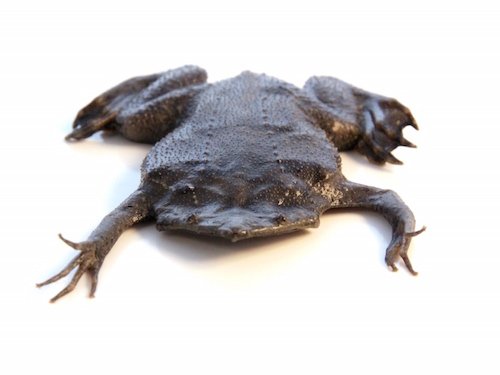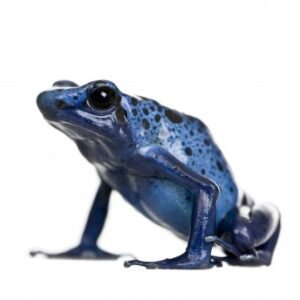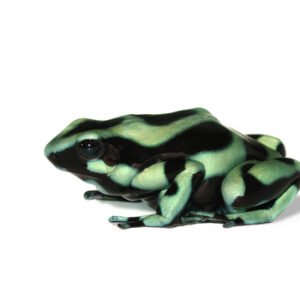Understanding Surinam Toads: Characteristics and Care Requirements
The Surinam toad (Pipa pipa), native to the lush rainforests of South America, stands out due to its distinctive physical attributes and behaviors. This amphibian is particularly notable for its unique, flat body that aids in camouflage within its aquatic environment. The toad’s skin often exhibits intricate patterns that blend seamlessly with the habitat of decaying leaves and debris at the bottom of slow-moving waters. Such adaptation not only enhances its survival by evading predators but also makes it an intriguing species for exotic pet enthusiasts.
Beyond its appearance, the Surinam toad showcases interesting behavioral traits. It thrives in a serene aquatic environment, favoring still water bodies, which means that potential pet owners should replicate these conditions to ensure their wellbeing. The tank setup for these toads should include ample space for swimming and hiding, as they are known for their nocturnal lifestyle, becoming active during the night. Moreover, incorporating vegetation and substrates that mimic their natural habitat is crucial for fostering a healthy environment.
Water conditions are pivotal for the proper care of Surinam toads. Maintaining a slightly acidic to neutral pH, with temperatures ranging from 24 to 28 degrees Celsius, is essential. Filtration systems can help in keeping the water clean. Additionally, regular water changes are necessary to prevent the buildup of harmful toxins. Regarding diet, Surinam toads primarily consume small invertebrates. Therefore, a diet comprising live food such as brine shrimp and worms is recommended, ensuring that nutrition is adequately provided.
In summary, the Surinam toad presents a unique opportunity for pet ownership that allows enthusiasts to engage with an exotic species. By understanding their characteristics and specific care requirements, pet owners can create a suitable habitat that mirrors the natural environments of these remarkable amphibians, ultimately promoting their health and longevity.
Pros and Cons of Keeping Surinam Toads as Pets
Owning a Surinam toad can be an intriguing experience for exotic pet enthusiasts, thanks to their unique physical characteristics and fascinating behavior. One of the most notable advantages of these amphibians is their distinctive appearance, characterized by a flat body and a camouflaging texture that resembles plant matter. This remarkable adaptation not only makes them visually appealing but also allows them to thrive in environments that mimic their natural habitat.
Another significant pro of keeping Surinam toads is their low activity level. Unlike many other pet species, these toads are relatively sedentary, making them low-maintenance pets. They require minimal space and can thrive in a well-maintained aquarium setup, which is particularly advantageous for individuals with limited living space. Additionally, their interesting reproductive habits, wherein the female carries the developing eggs in pockets on her back, provide a unique observation opportunity for dedicated owners.
However, potential owners should also be aware of the challenges associated with keeping Surinam toads. These creatures have specific environmental requirements, such as humidity levels and temperatures, that must be maintained meticulously to ensure their well-being. Failure to provide these conditions can lead to health complications. Furthermore, sourcing healthy specimens can prove difficult, as not all sellers guarantee the quality of their toads. It’s essential to research trusted breeders or adopt from reputable rescue organizations when considering a Surinam toad.
Given these pros and cons, Surinam toads may not be the best choice for beginner exotic pet owners. Newcomers should have a foundational understanding of amphibian care and be prepared to meet the specific needs of these toads. Responsible ownership entails monitoring their health and environmental conditions diligently to enjoy a rewarding experience with these unique amphibians.





